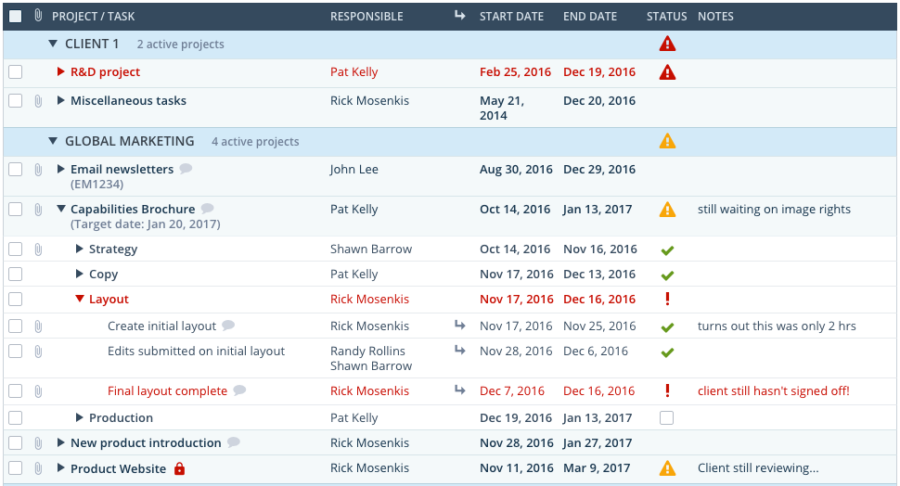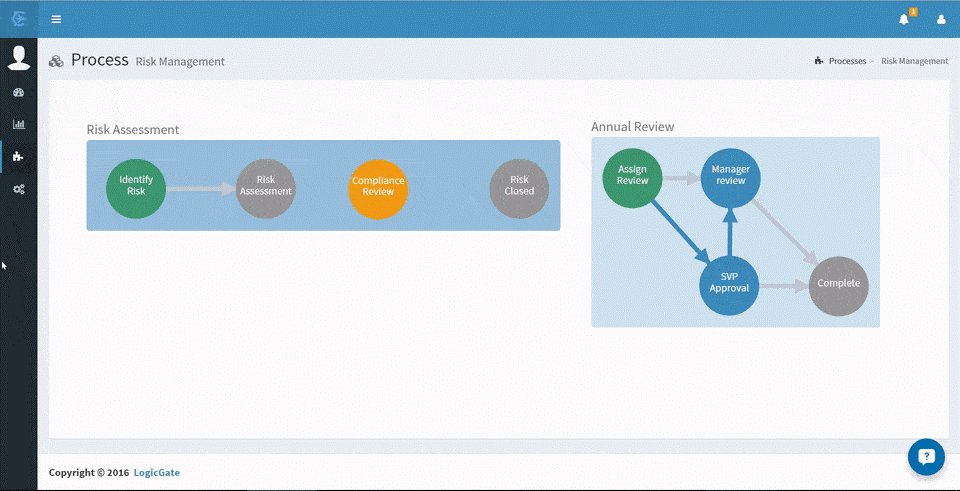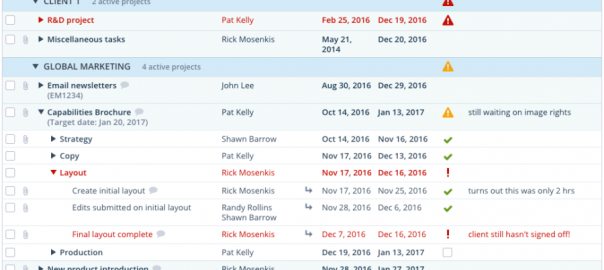The Queensland government has been ordered to pay significant costs to technology giant IBM Australia after failing in a bid to recoup losses from the $1.2 billion health payroll debacle.
The Newman government launched legal action against IBM in 2013, arguing the company had misrepresented its capability to deliver a $6 million contract for a new payroll system on time and on budget.

But IBM challenged the lawsuit and pointed to a 2010 agreement that the company said released it from the damages claim.
A trial was held in the Brisbane Supreme Court last year with Justice Glenn Martin ruling in favour of IBM.
On Monday he ordered the state pay IBM costs incurred by proceeding on an indemnity basis.
The state had not disputed it would pay costs but had argued they should be assessed on a standard basis, which meant a lower sum would be paid.
From here, if the parties do not agree on the costs put forward by IBM then they can be evaluated by an independent costs assessor, which incurs further fees.
IBM won the contract to design and deliver a whole-of-government payroll system in 2007 but its rollout was plagued by delays and budget blowouts.
When it did go live, the system failed spectacularly, resulting in thousands of health workers being underpaid, overpaid, or not paid at all.
The cost to taxpayers has been estimated at $1.2 billion and the debacle has been described as possibly the worst public administration failure in Australia.
AAP
Don’t miss important news stories. Like us on Facebook.
The very concept of project management in business has seen a renaissance in recent years. New technology is making it easier for companies to identify the most optimal methods of conducting their internal operations.

However, technology—no matter how advanced—can only do so much. Ultimately, success will always depend on the people at the front lines and the tactics they employ.
PMI’s 2017 Pulse of the Profession report found that for every $ 1 billion invested in the U.S., $ 97 million is wasted due to lacking project management performance.
While this number sounds high, it’s actually a 25% decrease from last year.
Regain control with proven project management tactics
Even though the landscape of business is in a constant state of change (both inside and out), there are several tactics that have been helping brands and organizations achieve success for decades. Let’s talk about four of the big ones.
1. Transparent planning
Transparency in the workplace is by no means a new idea. But it seems like its value has been increasingly emphasized in recent years. While many project managers already realize the benefits, the trick is finding the perfect balance. Exactly how in-depth should you go?
Renowned U.S. Army General George S. Patton suggested that good managers don’t constantly try to tell everyone how to do their jobs.
“Never tell people how to do things. Tell them what to do, and they will surprise you with their ingenuity,” he is quoted as saying.

Another great Patton Project Management quote: “If everyone is thinking alike, then somebody isn’t thinking.”
Transparency in your organization should mean keeping everyone on the same page from start to finish, not micromanaging.
In my own experiences, I’ve found excessive micromanagement leads to an uncanny amount of hesitation before every single move. In turn, levels of disconnect happen all too often and result in wasted time and resources.
While many businesses strive for transparency, it’s easier said than done. Nowadays, running a company with remote workers is becoming a lot more common. In fact, a recent survey found that 68% of U.S. workers expect to work remotely in the future. This could make complete transparency much more difficult.
As more and more businesses shift toward mobility, your internal communication needs to do the same. At the drawing board, video conference and webinar tools such as ClickMeeting, Livestorm, and MeetingBurner can keep everyone in sync. With features such as whiteboards, presentation decks, screen sharing, and real-time chat translation, you can collaborate on project planning with complete transparency.
For example, at E2M, we have five employees working in San Diego in addition to our headquartered team in India. There is a 12-hour time difference between us, so we extensively use online meetings and real-time collaboration to keep our disparate teams on the same page.
Regardless of where your workers are, virtual meeting tools make it simple to be looped in on the finer details of all tasks at hand, at all times.
2. Closely measuring and tracking internal progress
When it comes to successful task completion, you should always be looking for bottlenecks and ways to improve the operation. The effectiveness of this concept goes back centuries.
For example, let’s rewind 100 years and look at Henry Ford’s revolutionary assembly line:

An early form of project management technology
Every action throughout the factories was (and still is) examined under a microscope to pinpoint inefficiencies in the system. Each day is viewed as an opportunity to increase production across the board. This very idea has set the tone and template for many modern businesses we know today.
The key is gauging your team’s output to find the weak spots. In 2017, having full visibility into task development will likely require some 21st century-era tools. Luckily, there are plenty of resources available to make this aspect of your operation much easier.
Project management tools such as Workzone, TeamWork, and MavenLink, for example, provide platforms where projects can be easily created, and progress can be monitored by everyone involved.

Workzone, an example of project management software
The best project management tools for small businesses offer a balance between overly complex enterprise tools and simplistic apps that are essentially just to-do lists.
In order to truly see improvement within the internal workflow, you need to get granular with your observations. Look for patterns. Where are the slowdowns occurring?
Your team’s effectiveness is a constant work in progress. The more accurately you track day-to-day responsibilities, the faster your company will grow.
3. Factoring risk into timelines
Simply put, risks are a part of life—both personally and professionally. But poorly managed risks can send negative ripples throughout an organization.
For example, one of the biggest reasons for missed deadlines is ineffective risk management. Case in point, IBM in Australia ran into a disaster starting in 2007 when developing a new payroll application for Queensland Health Department. They originally planned to have the $ 6 million project completed within a year. Due to a ton of unexpected issues, IBM did not complete the program for several years, and it ended up costing taxpayers approximately $ 1.2 billion. This debacle has been dubbed the “worst public administration failure in Australia.”
Why did this occur? The original timelines did not have risks factored in!
At the start of a project, it’s incredibly difficult—and sometimes downright impossible—to foresee all the little hiccups and snags that could potentially occur. Therefore, the best thing managers can do is expect the unexpected and plan timelines accordingly.
The first step is to hold a mandatory meeting for everyone involved. In this meeting, you must map out the entire project from start to finish:
- What are the details of each step?
- Who are the external parties involved?
- What is the budget?
- What is the estimated timeframe to completion?
Sean Casto, Founder and CEO of app marketing platform PreApps, knows a thing or two about IT project management in an age when apps are replacing desktop and even web-based software. He has this to say:
“In our field, we depend heavily on third parties. Proper risk management has been a saving grace for us countless times. At the end of the day, the classic saying ‘Plan for the worst, hope for the best’ is one of the most powerful pieces of advice for project managers.”
In a nutshell, preparation is the basis for your risk management system, and the right tools can take the hard work out of the process. Solutions such as LogicGate, Onspring, and RiskGap are can help you automate risk management to improve overall workflow and productivity.

An example of a risk workflow in LogicGate
The need for appropriately planning for disasters has been, and always will be, vital for success in any venture. The best project managers always seem to have a trick up their sleeve for when operations take a wrong turn, but they don’t just pull these answers out of nowhere; their success is the result of careful planning.
4. Ditching top-down management
The nature of the top-down management style runs on the mindset that the boss always knows best. Essentially, it puts 100% of the power with the people holding rank, and demands compliance without question. While this can be a necessary approach in some situations, it can often do more harm than good.
Psychologist Douglas McGregor, who studied leadership styles throughout his career, had two theories he used to explain the concept of management.
The first one, Theory X, represents the belief that subordinates are natural slackers and require a high level of supervision at all times. Top-down bosses do not give their employees the opportunity to provide unique input. In turn, people don’t feel trusted or valued. When this is the case, intrinsic motivation is killed and workers are less inclined to self-start.
On the other hand, Theory Y states that work is a natural part of life, in which workers generally want to succeed. They perform better when they are encouraged to share their ideas and be involved in the process.
Richard Branson has been a strong advocate of the more bottom-up management style for years throughout his ventures in the Virgin Group. He is well known for his ideology that a happy team makes for a successful business.

Branson being Branson
He had this to say at the 2012 World Business Forum:
“Being a good listener is absolutely critical to being a good leader. You have to listen to the people who are on the front line. By putting the employee first, the customer effectively comes first by default, and in the end, the shareholder comes first by default as well.”
As Millennials flood the professional world, one common observations is that they are not shy when it comes to job hopping. If they’re not feeling valued, they have no problem finding the door to their next opportunity. In terms of project management, promoting an open-minded approach can do a lot to keep employees around for the long haul. You never know, maybe their ideas are better than yours!
Your tactics?
A company is only as good as its internal system. While the landscape of conducting business will always be evolving, there are plenty of tried-and-true practices of which will never go out of style. If you don’t already, use these fundamental principles in your next project to keep it chugging along smoothly.
Let us know in the comments about your tips!
Business & Finance Articles on Business 2 Community
(120)







